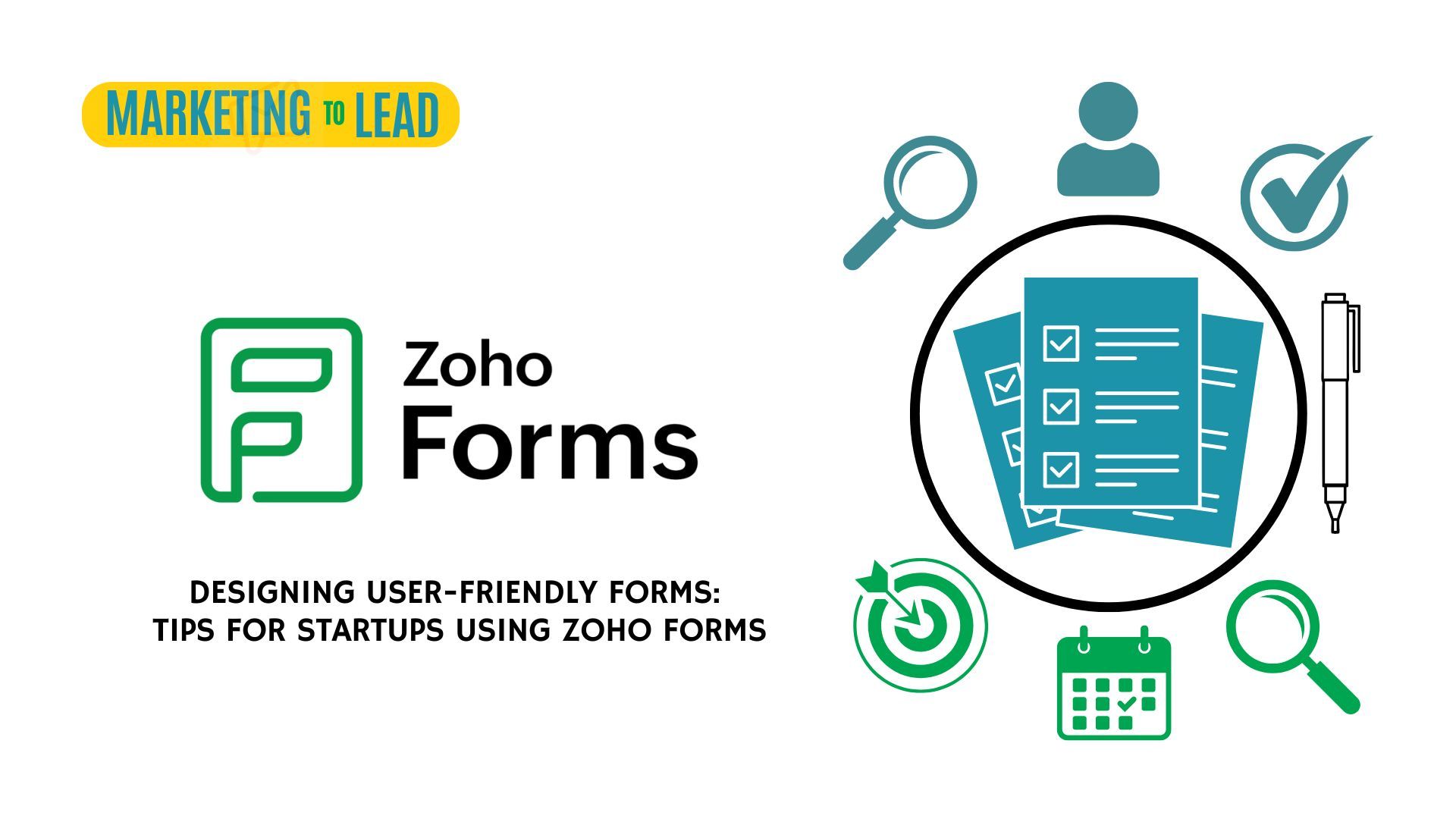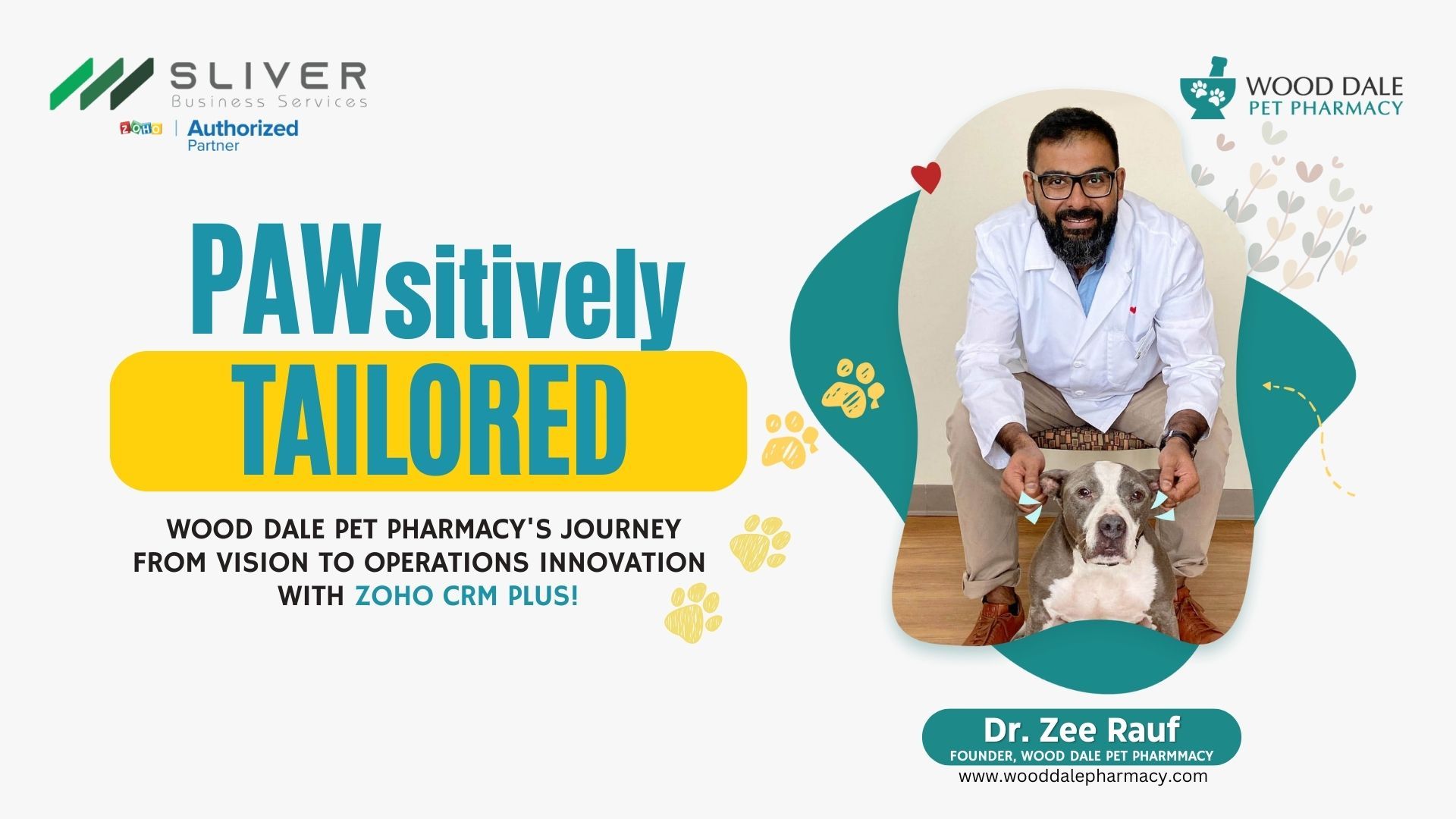Concept to Launch: The innovation system for a startup
Concept to Launch:
Develop a product or service that customers want to buy

How to streamline and automate your concept-to-launch process.
Concept-to-Launch process
From ideation to building and then to launching your organization's product and/or service is referred to as Concept to Launch. Concept-to-launch is an optimized and integrated product development methodology that reduces cycle time and costly design iterations. This guarantees clear communication from one milestone to the next, a smooth transition, and detailed documentation.
I. Ideation or Market Research:
The process of developing new ideas that may be turned into innovative solutions is known as ideation. Ideation is the foundation for all that comes before a product development and launch in the context of product innovation.
Document the idea for the product or service and all its related parts:
A product concept statement, often known as a "concept statement", expresses a business owner's and his design team's vision for a product or service. It gives a description of the product or service, discusses its purpose, presents its appearance and evaluates the target demographics for the product. A concept statement can assist a development team in staying on track during the development and testing process. It's possible for team members to ignore actual defects, as well as certain less-obvious beneficial characteristics of the service or product, during development or testing, if there isn't a clear declaration.
In the ideation stage, a SWOT (Strengths, Weaknesses, Opportunities, and Threats) analysis a useful tool. Screening of ideas and research is an objective screening process which must be used to filter the ideas that were generated. To gather the most usable data from this phase, use a combination of internal and external processes. Assess the reaction of the target market and ensure product validation. And Lastly, Concept development also calculates the expenses of designing, manufacturing, packing, and delivering the most popular product idea. Use third-party vendors or develop internal systems based on where you want to develop your core competency.
The features of the product or service:
- Intangibility
- Variability
- Inseparability
- Perishability
Benefits of the product or service innovation:
- Building trust
- New revenue streams
- Taking control of the market
- Employee motivation and retention
Market demand, Feasibility or viability of the product or service:
Consider different ecommerce niches and potential product ideas and evaluate the viability, specifically profitability, and customer requirements for each option. In the business world, viability refers to a market's, company's, or your own product's commercial potential. In other words, it's a term that describes the likelihood of a specific idea being commercialized.
II. Building or Manufacturing Process Development:
Building or Manufacturing Process Development refers to the creation of preliminary manufacturing processes and analytical procedures (e.g., in-process and final quality control and quality assurance protocols and methodologies) that support the production (and release) of Product employing the Manufacturing system.
Inputs required to build:
- Raw material for products
- Time and effort
- Quality standards
- Production tools
- Software applications and data
Building or manufacturing process:
- Prototyping and evaluation - It is now time to get down to business with design and production. Create a working prototype or a rough mock-up. At this stage, some businesses perform a small-scale release. It's also possible to put together a small group of target buyers to test the nearly finished product.
- Iteration - This is also known as commercialization, and it is when your product is eventually released into the market. Essentially, this is the introduction of a minimal viable product (MVP) into the market.
III. Launch:
Launch refers to a company's concerted and planned attempt to introduce a new product or services to the market and make it widely available for purchasing.
Launch or communication process for the product/service for its intended market:
- The objective of the launch
- Target audiences
- Statement of positioning and key messages
- The issues that the product or service solves
- Product description
- Key activities and timelines for the launch
- Ongoing lead generation
Software Applications that are relevant for this process:
Office Apps:
- Zoho Docs - is a document management system that includes built-in web editors for creating and editing documents.
- Zoho Sheet - allows you to collaborate quickly and effortlessly by allowing you to create, modify, and share spreadsheets online.
- Zoho SHOW - is an online presentation tool that allows you to quickly and easily create, collaborate, publish, and broadcast presentations.
- Zoho Workdrive - is a collaboration tool which allows teams to save, share, manage, and collaborate on files of any size.
Project Management tools:
- Zoho Projects - is a cloud-based project management solution designed for small and midsize companies.
- Zoho Sprint - is used for agile project planning and tracking.
- Zoho Connect - is an excellent modern business communication tool that is well-suited to a workforce that relies on mobile communication.
Collaboration tools:
- Zoho Cliq - is a cloud-based team collaboration and communication solution that features team chat, audio and video calls, file sharing, and more.
Inventory management tool for bill of material:
- Zoho Inventory - is a tool for keeping track of each product in your inventory.
How we help?
Sliver Business Services helps startups and scaleups in developing business systems. We typically serve small and medium-sized businesses, groups, and non-profit organizations implement a comprehensive, integrated business suite in alignment with their long-term IT Strategy and enable processes that execute with minimum friction.
At Sliver, we use Zoho applications to achieve the fastest implementation time for a Concept-to-Launch system, which is 50% faster than the industry average. Our full-service consulting and professional services help map out a company's particular implementation requirements, whether it's a small business, an enterprise, or something in between. We integrate sales, marketing, and product and service departments on one platform improving drastically the customer experience.
For more information visit us at https://www.sliverusa.com/systems-for-startups. You can also email us at info@sliverusa.com or call us at +1 331.888.2627.










